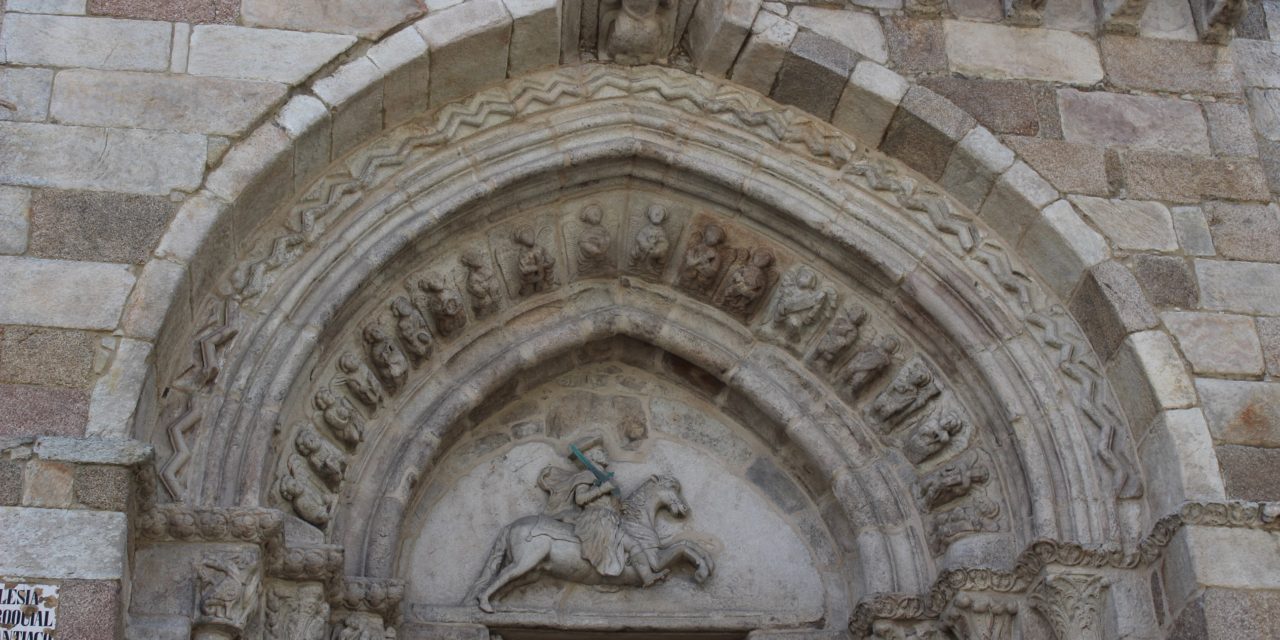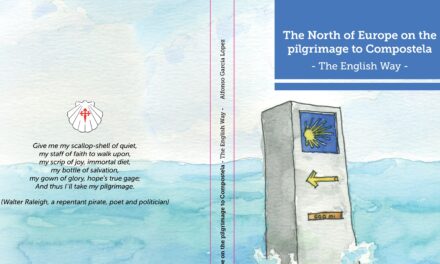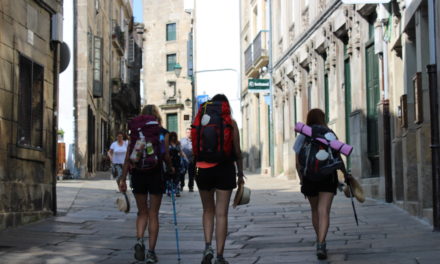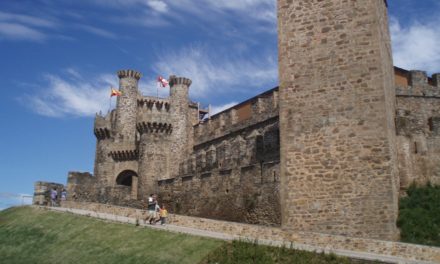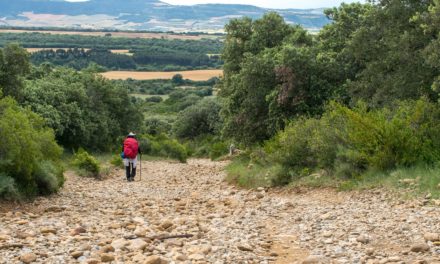Located on a small peninsula in the northwest of Galicia, A Coruña has its origins in pre-Roman times, as the remains of the Castro de Elviña eloquently testify. But, and above all, it is magnificent lighthouse known as The Tower of Hercules which stands as a symbol of the Roman presence in Coruña. It has been a trade centre and the main port of arrival of sea going pilgrimages for centuries. A Coruña and its port were refounded in 1208 by Alfonso IX, from which time it has gradually developed to become what it is today- a large town with almost 250,000 inhabitants, with flourishing industrial activity and a vibrant cultural and tourist centre.
In A Coruña the beaches that surround the bay -Riazor, Orzán and Matadero- harmoniously co-exist with the most traditional neighborhoods, such as the Old Town and the promenade that runs through the Marina and the Cantons, which constitute a facade of the city with views of the port and the estuary formed by houses with traditional glass paneled galleries and some good examples of modernist architecture. To all this has been added the renovation and construction, in recent decades, of a series of museums -Museum of Fine Arts, Picasso House Museum, Domus, House of Science, an Aquarium and auditoriums, which have converted the city in a point of reference for leisure and cultural tourism.
As for the historical origins of A Coruña, a great deal of data remain from the Roman times. Firstly, the town is mentioned by Latin geographers as Portus Magnus Artabrorum -The Great Port of Artabros-, according to whom, it was a strategic centre on the “tin route”. By then it would already have had a lighthouse, cited by Ptolemy as a lighthouse of Brigantium, a name given by Latin historians to the coasts of Galicia in the time of Julius Caesar. Everything points, then, to the fact that A Coruña was a hub of communications and an important port, whose lighthouse known today as The Tower of Hercules would have been built during the 1st century A.D., a century to which other Roman remains also belong in the areas of the Pescadería and Monte Alto.
In the fourteenth century, during the reign of Henry III, the city was protected by a walled enclosure of which some remains can still be seen in the Old Town, including three doors on the Paseo del Parrote, opposite the bay, as well as the bulwark of the Old Fortress, which currently houses the romantic gardens of San Carlos.
Another central aspect of the history of the city was its role in international conflicts in the form of battles on land and sea. During the sixteenth century it was one of the ports to suffer most from attacks from the British army and pirates. Thus, in 1589 the legendary Coruñan woman Maria Pita became the heroine of the town for having fought against the admiral and ex-corsair Sir Francis Drake, who besieged the city in response to attacks from the ‘Invincible Armada’, as the Spanish fleet was then called.
During the Napoleonic invasion the relationship between the town and the English changed completely, when the townsmen became allies of the English against the French occupation. Here they fought side by side with their former aggressors in several engagements, of which the most famous was the battle of Elviña, which took place on January 16, 1809. It was during the battle of Elviña when Sir John Moore, who commanded the British forces in the Iberian Peninsula, was mortally wounded was buried in the town. This burial was immortalized by the poet Charles Wolfe and Moore’s grave can still be visited in the San Carlos Gardens, which we mentioned before.
The city of A Coruña still retains its role as the port of arrival of pilgrim ships, a role that has greatly increased in importance since the town became the official starting point of the Camino Ingles route. The city is only 73 kilometers from Santiago, but for some years now it has possible to obtain the Compostela from A Coruña. By making a short tour of the town itself, the pilgrims will be able to immerse themselves in history and the Jacobean tradition that surrounds it.
For this tour, the pilgrim must depart from the Church of Santiago, the main Jacobean landmark of the city in which he will receive the necessary accreditation. This church is a good example of transitional architecture between Romanesque and Gothic, the highlight of which is the relief of Santiago Matamoros that occupies the tympanum over the main door. The Camino goes on later through Irrigation of the Water and Real Street, then continuing along the port zone, the Avenue of the Navy, Cantons and Gardens of Méndez Núñez and different streets of the most modern city in the direction of the Romanesque church of Santiago de O Burgo, already in the Culleredo neighbourhood

